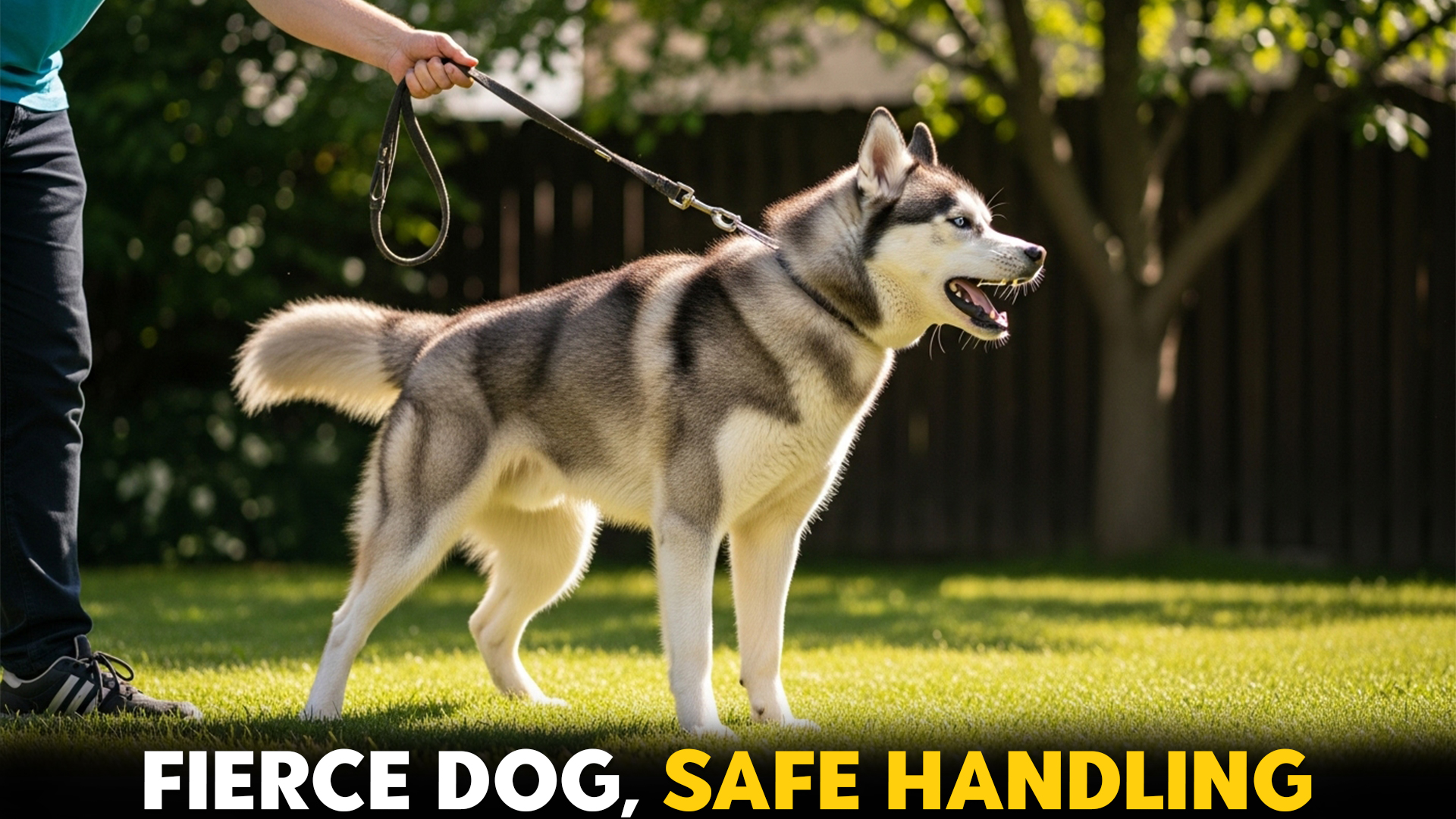Did you know that in 2024, over 6,000 U.S. postal workers were attacked by dogs, with certain breeds leading the charge? This alarming bite statistic underscores the importance of understanding canine behavior, especially when it comes to breeds known for their strength and assertiveness.
In 2025, over 1,200 jurisdictions across the United States have enacted breed-specific legislation (BSL), regulating or banning certain dog breeds deemed dangerous.
While BSL aims to reduce deadly attacks, experts argue that behavior is influenced more by upbringing and environment than genetics alone. Proper training and socialization are crucial in mitigating aggression, regardless of breed.
The debate over BSL is ongoing, with proponents citing safety concerns and opponents advocating for a focus on responsible ownership. Understanding the complexities of dog behavior is essential for informed decision-making.
As we delve into the characteristics of these regulated breeds, it’s important to approach the topic with nuance and consideration. Responsible dog ownership and proper training are key to ensuring the safety and well-being of both dogs and humans.
Stay tuned as we explore the traits and needs of the most dangerous dog breeds, providing insights for potential owners and the community alike.
Dangerous Dog Breeds Requiring Experienced Owners
1. Siberian Husky
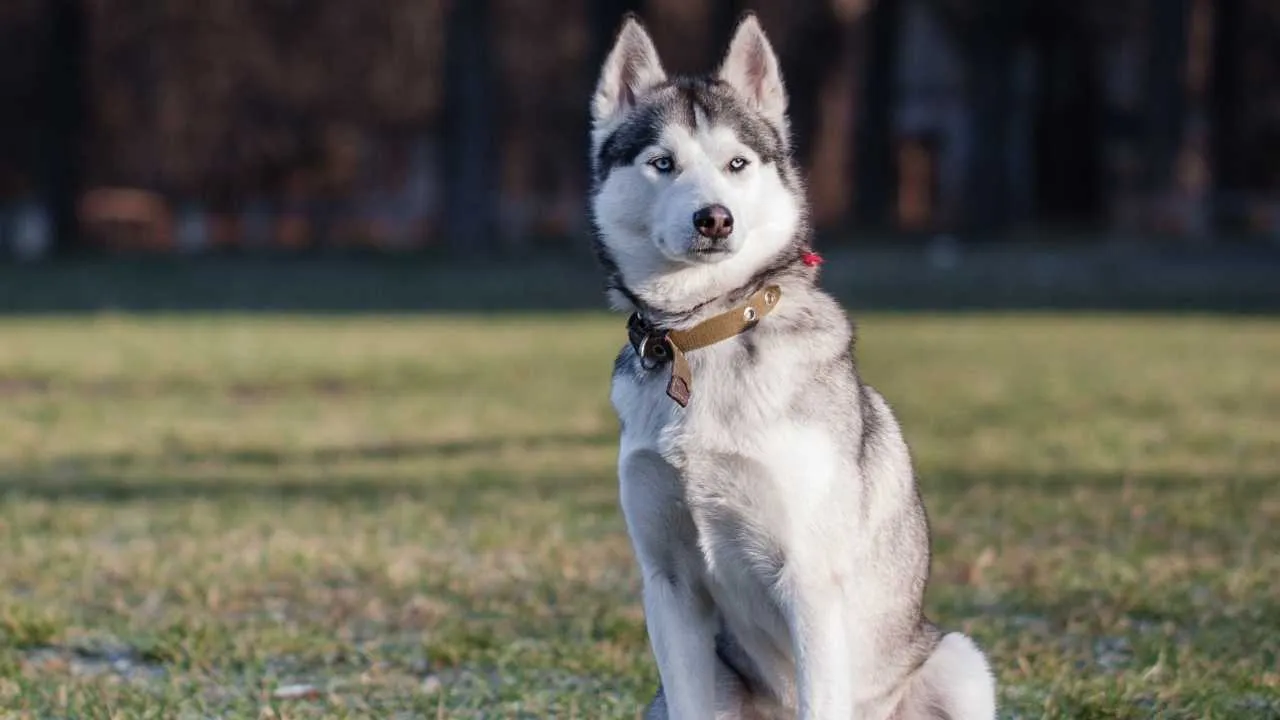
The Siberian Husky is known for its boundless energy and independent nature. These dogs are highly intelligent but possess a strong-willed temperament, making training a bit more challenging. Their high prey drive and love for running can lead to behavior issues if not managed properly.
Temperament & Challenges
AKC explains that while generally friendly and outgoing, the Husky’s temperament can vary significantly.
They are known for being stubborn and independent, which may result in difficulty following commands or staying within boundaries. It’s vital to remember that this breed requires consistent leadership and socialization from a young age.
Signs of Aggression in Dogs:
Stiff body posture
Growling or showing teeth
Excessive barking or snapping
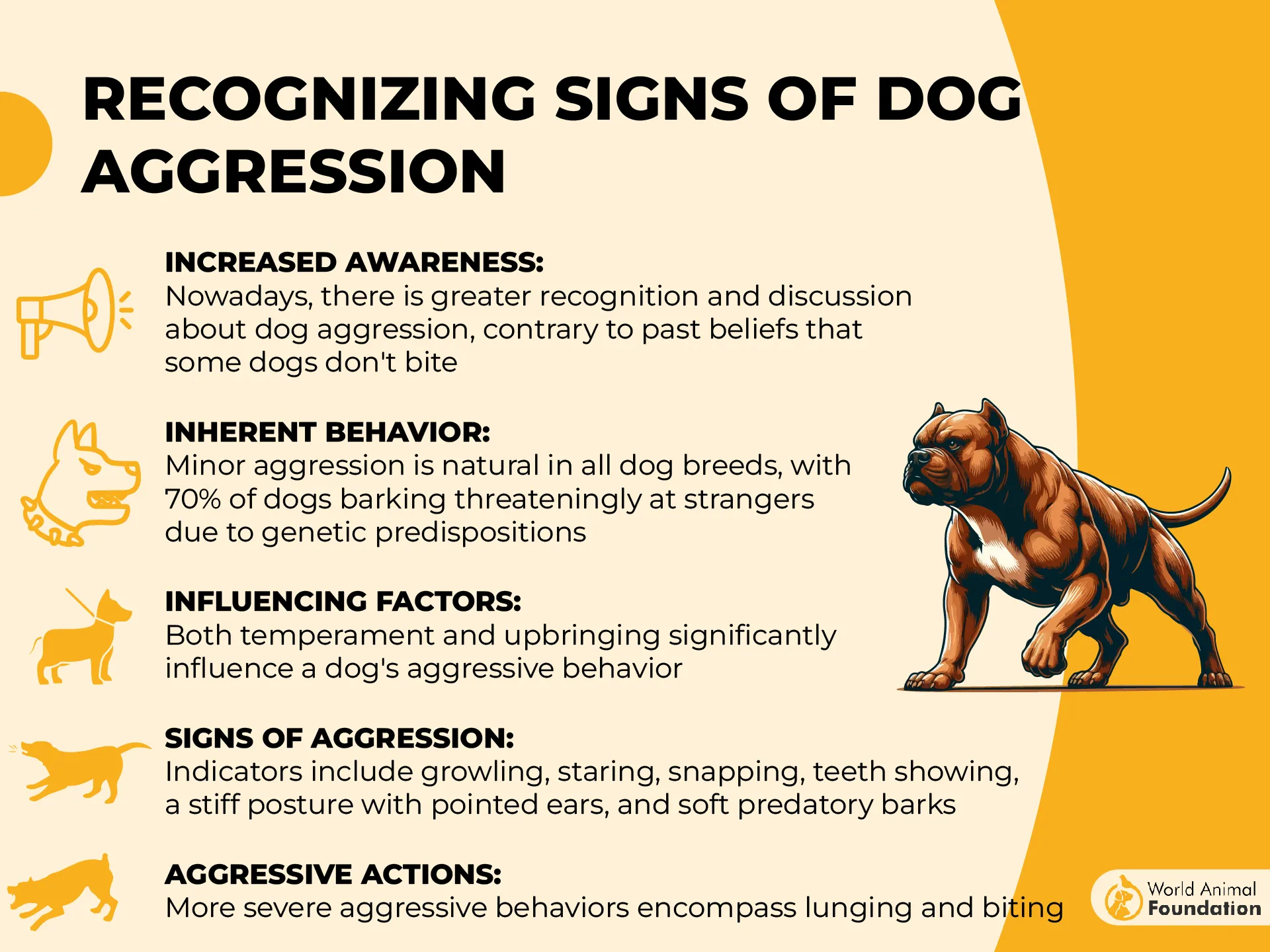
Owner’s Responsibility
Husky owners must establish firm control and provide them with regular mental and physical stimulation.
Without clear guidance, this breed may become mischievous or overly dominant, potentially leading to dangerous situations. Effective leash training and secure fencing are essential for preventing accidents and ensuring a safe environment.
2. German Shepherd
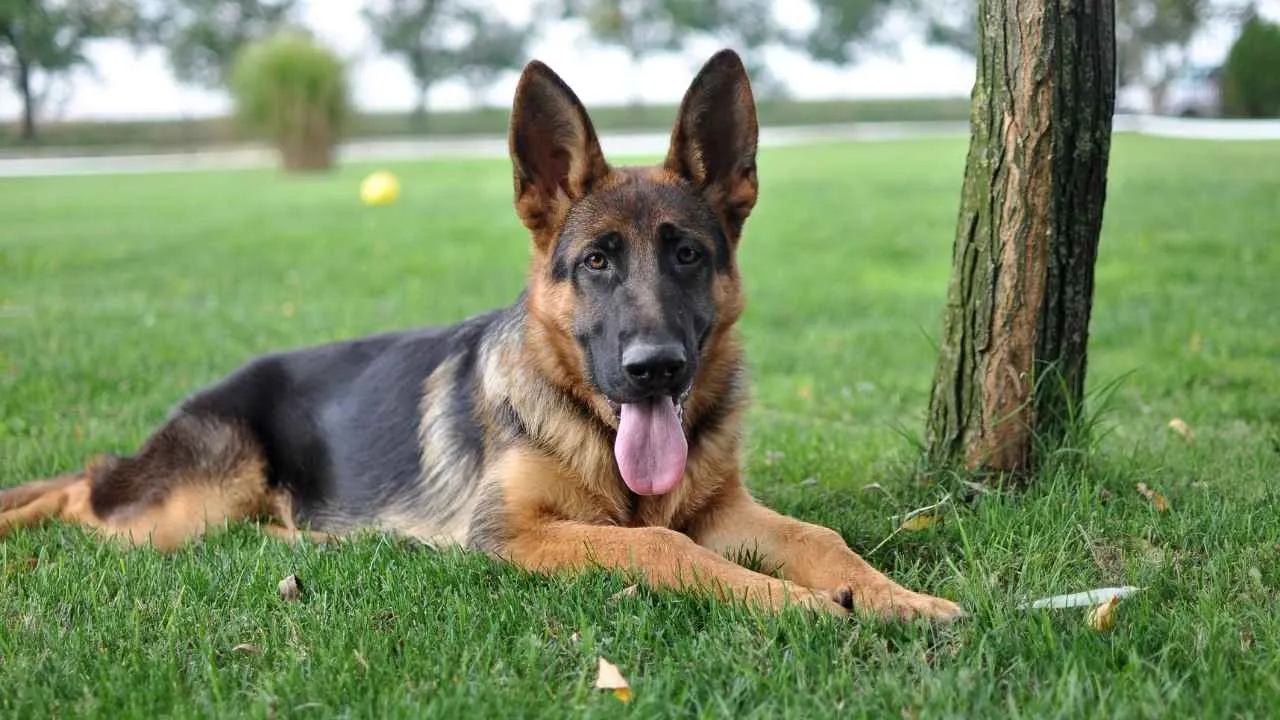
The German Shepherd is an incredibly intelligent and versatile dog, often used in police and military work. However, their high intelligence can be a double-edged sword.
If they aren’t mentally stimulated or properly trained, they may develop undesirable behaviors such as aggression or territoriality.
Temperament & Challenges
Known for their loyalty and protective instincts, German Shepherds require an experienced handler who can establish clear authority. Without proper leadership, their natural protective nature can turn into suspicion toward strangers or other pets, leading to aggressive tendencies.
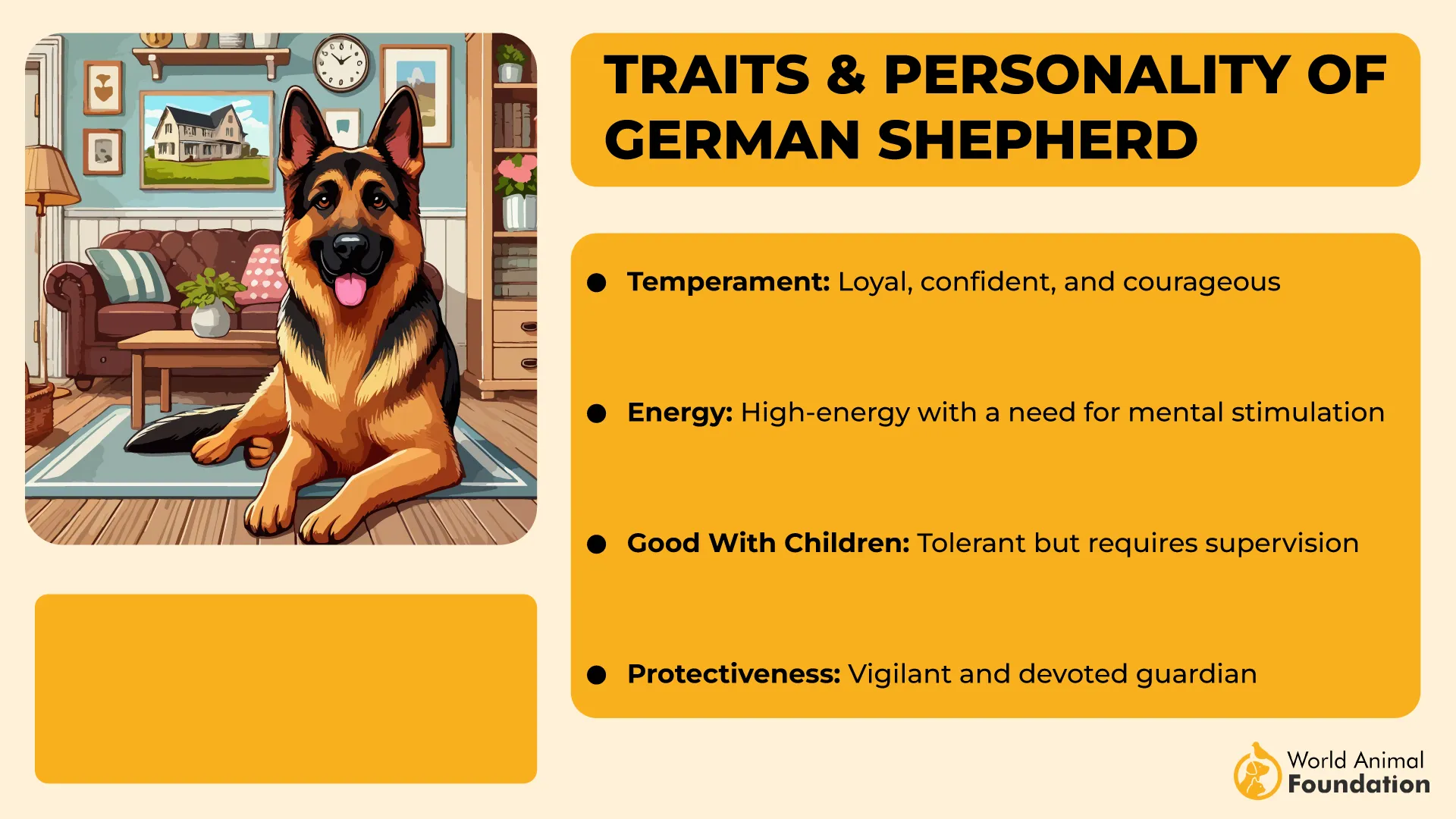
Signs of Aggression in Dogs:
Raised hackles
Lunging or growling at strangers
Barking or snapping during play
Owner’s Responsibility
Experienced owners should provide German Shepherds with structured routines, regular exercise, and early socialization to minimize aggression.
Firm, consistent training helps these dogs focus on positive behaviors and reduces the likelihood of incidents. They thrive in environments where they are given tasks and responsibilities, which can curb their potentially dangerous tendencies.
3. Bullmastiff
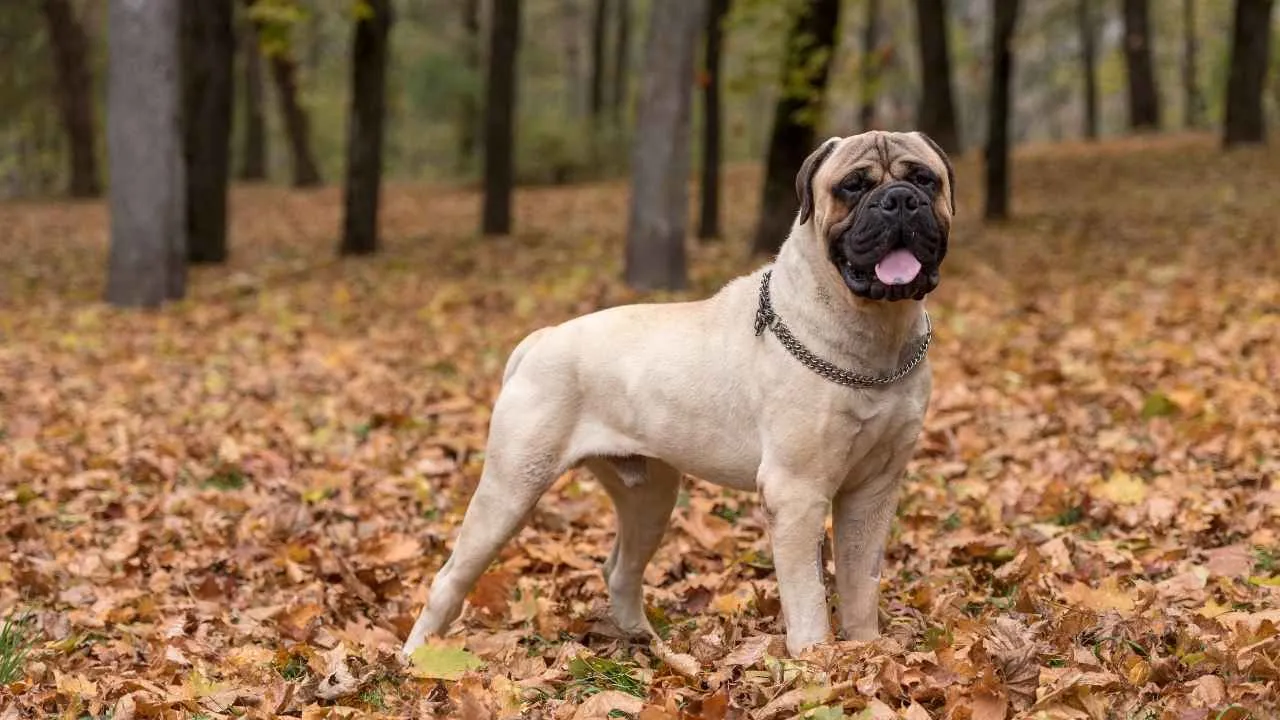
Bullmastiffs are large, powerful dogs bred to protect property. While their gentle nature towards family members is a plus, their immense size and strength can pose a challenge for handlers who lack experience. They are naturally calm but can be overly protective if not adequately trained.
Temperament & Challenges
WebMD suggests that Bullmastiffs are calm and affectionate but may become highly territorial if not socialized early.
They require firm training to manage their protectiveness without allowing it to escalate into aggression. Their quiet demeanor doesn’t mean they lack power—on the contrary, their protective instincts can make them unpredictable if not handled correctly.
Signs of Aggression in Dogs:
Growling when approached near the property
Sudden, forceful lunging
Excessive barking when strangers approach
Owner’s Responsibility
An owner must ensure that a Bullmastiff’s protective nature is guided by respect and proper commands. Proper socialization, consistent leadership, and secure boundaries are crucial in maintaining control over this imposing breed.
Keeping them mentally stimulated and physically exercised ensures that their guarding instinct doesn’t result in aggressive behavior.
4. Alaskan Malamute
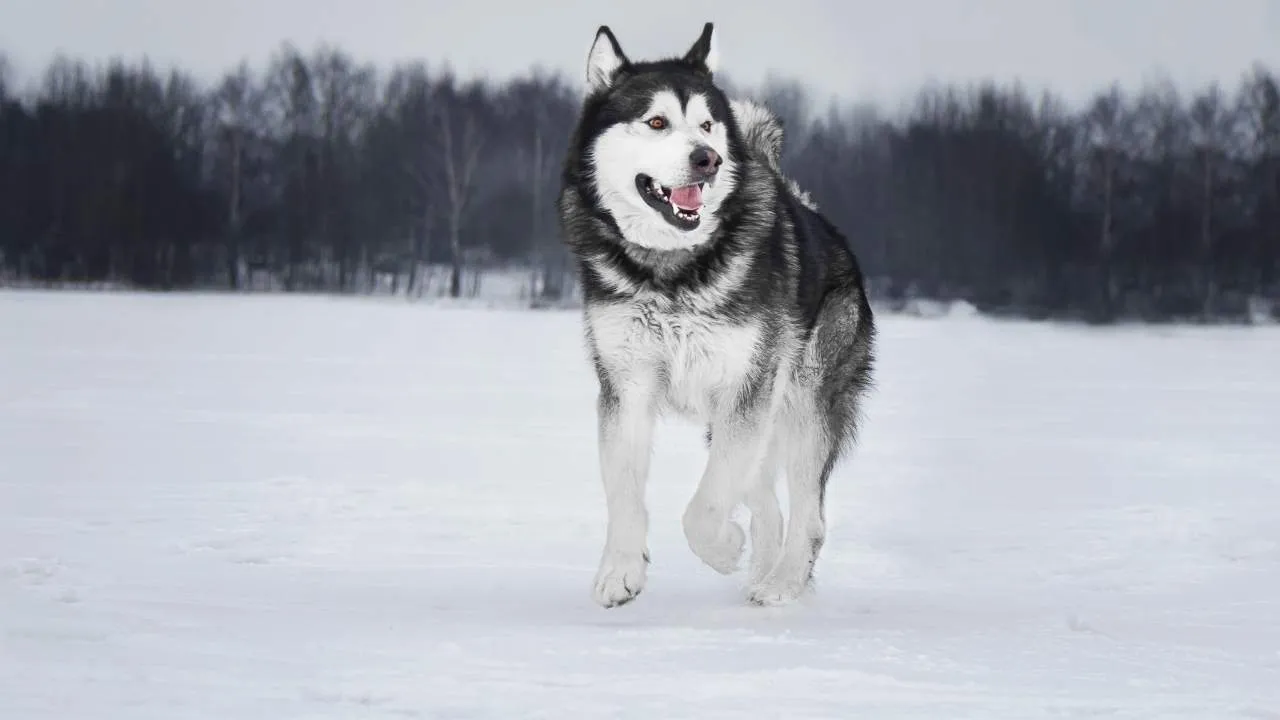
The Alaskan Malamute is a large, powerful breed originally bred for heavy hauling. Known for their strength and endurance, they can be quite stubborn and independent, making training a challenge. Their thick double coat and high prey drive add to their demanding care requirements.
Temperament & Challenges
Alaskan Malamutes are friendly and loyal, but their dominant personalities require a strong-willed owner. They are often aloof with strangers and may display territorial tendencies.
Their independent streak means they may not always follow commands, which can lead to frustrating situations for inexperienced owners.
Signs of Aggression in Dogs:
Defensive behavior around unfamiliar people
Snapping or growling when threatened
Displaying signs of dominance during play
Owner’s Responsibility
PDSA recommends that Alaskan Malamutes need an owner who can provide clear boundaries and consistent training.
They thrive in environments where they have regular exercise and mental stimulation to burn off their abundant energy. Socialization from a young age can help prevent aggression toward strangers and other animals.
5. Akita
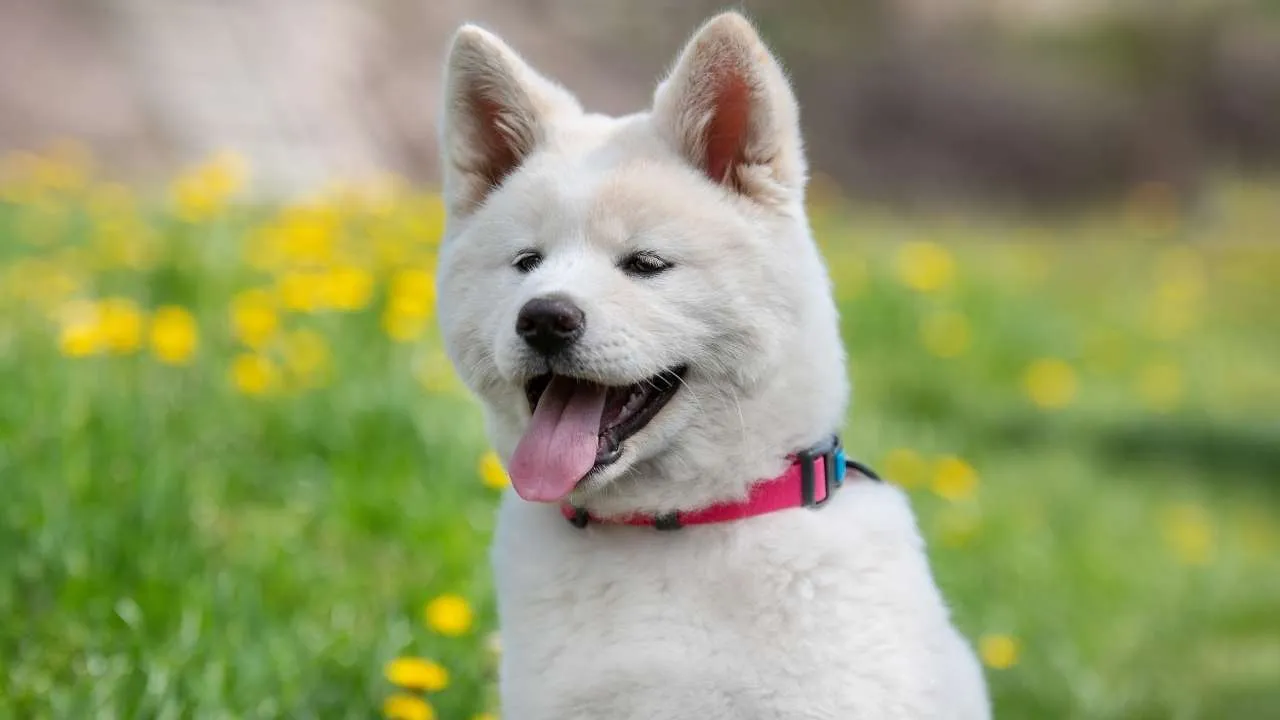
The Akita is a powerful and independent dog known for its protective instincts. Their strong-willed nature and high intelligence make them one of the more challenging breeds to train.
Without proper guidance, their territorial behavior can become aggressive, particularly toward other pets or strangers.
Temperament & Challenges
Akitas are known for their loyalty and aloofness. While they are fiercely protective of their family, this can turn into aggressive tendencies if not managed well. Their reserved nature means they are less likely to be social, which can lead to behavioral issues if not addressed early.
Signs of Aggression in Dogs:
Growling or snarling when challenged
Protective behavior over food or toys
Unprovoked attacks on strangers or animals
Owner’s Responsibility
Akita owners must establish themselves as the alpha with firm, consistent training and socialization. With their protective nature, they need an owner who can instill discipline and clear boundaries.
Positive reinforcement works best with this breed, and secure fencing is essential to prevent escape attempts.
6. Doberman Pinscher
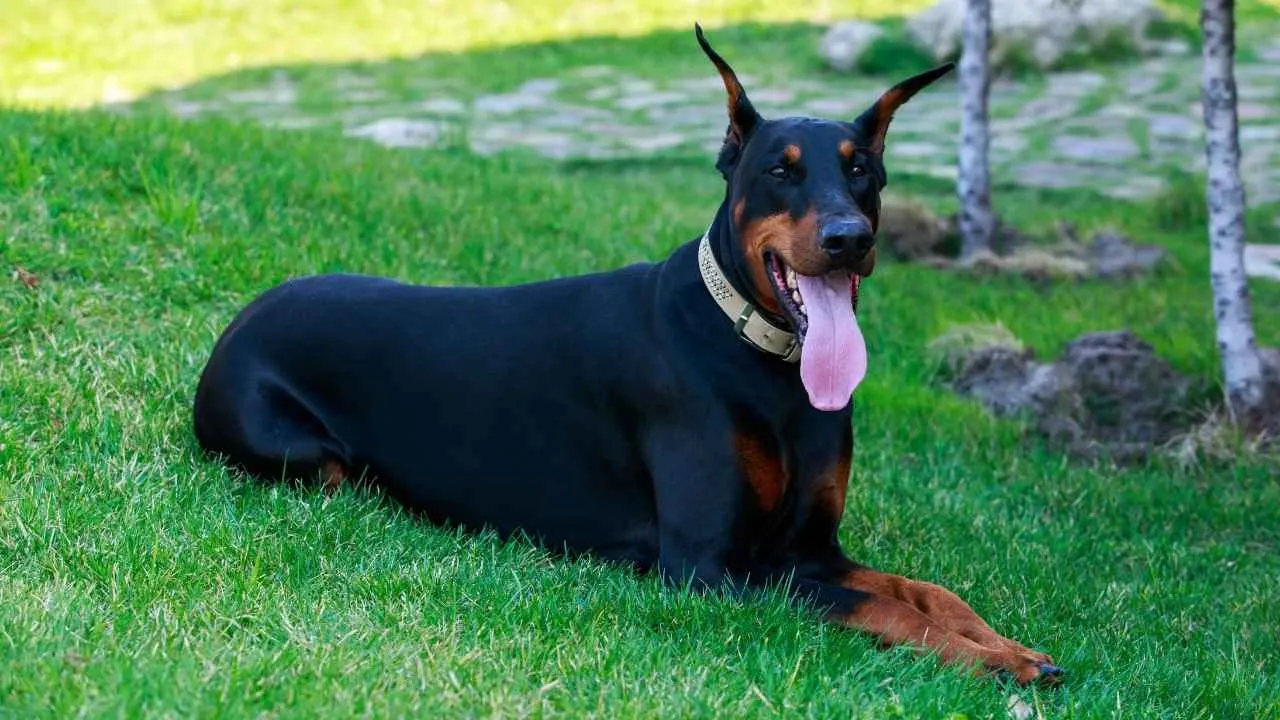
The Doberman Pinscher is a highly intelligent and alert breed, often used in protection work. Their high energy and instinct to guard can make them challenging for new owners. Without proper mental and physical stimulation, they can become anxious and aggressive.
Temperament & Challenges
Dobermans are fiercely loyal and protective, but their dominant nature requires a skilled handler. Their alertness means they can react to perceived threats quickly, which can be dangerous if they are not properly trained to discern real threats from harmless situations.
Signs of Aggression in Dogs:
Quick, sudden movements toward perceived threats
Raised tail and ears with focused, intense eyes
Barking and growling at new or unfamiliar people
Owner’s Responsibility
To keep a Doberman’s protective instincts in check, an experienced owner must implement early socialization, obedience training, and proper exercise.
They need a structured environment where their intelligence is challenged to prevent destructive behaviors. Effective leash training and secure spaces are crucial to maintaining control.
7. Boxer
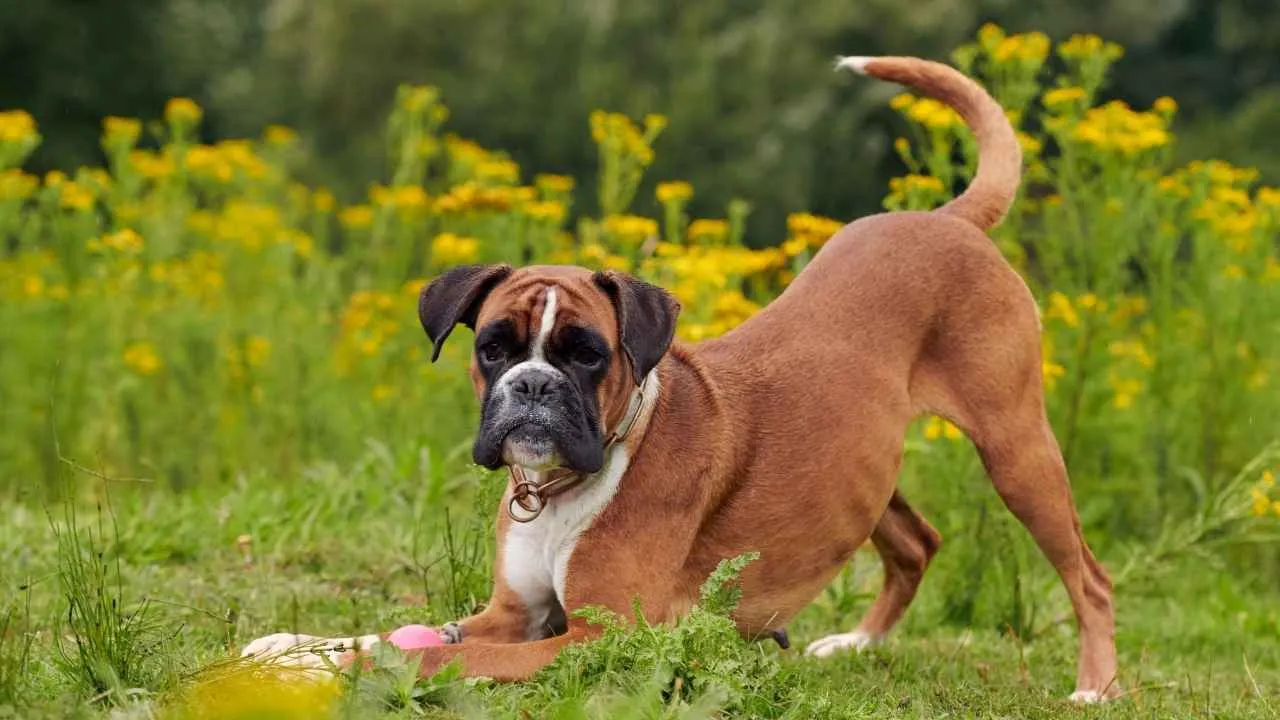
Boxers are playful, energetic dogs with a lot of strength, which can be difficult for first-time owners to manage. Their high-energy nature means they require ample exercise and mental stimulation. Without it, they may resort to destructive behaviors, particularly when they become bored.
Temperament & Challenges
Boxers are known for being affectionate and loyal, but their energetic nature can sometimes translate into hyperactivity.
They have an innate protective instinct, which can make them cautious around strangers, leading to potential aggression if not properly socialized. Their exuberance, combined with their strength, requires careful handling.
Signs of Aggression in Dogs:
Stiff body posture when confronting a stranger
Growling when startled or threatened
Sudden lunging toward unfamiliar animals or people
Owner’s Responsibility
Owners of Boxers must provide consistent training and structure, as this breed thrives in environments where rules are clear.
Regular play and exercise are key to their happiness and well-being, helping reduce the chances of unwanted aggression. They benefit from positive reinforcement training methods and careful supervision around unfamiliar people or pets.
FAQs
Why do these breeds require experienced handlers?
These breeds possess strong protective instincts, high energy levels, and dominant personalities, which can make them difficult to manage without proper training. Experienced handlers are able to provide the structure, consistency, and socialization these dogs need to thrive while minimizing risks of aggression or dangerous incidents.
Can dangerous breeds be good family pets?
Yes, with the right training and socialization, many of these breeds can make wonderful family pets. Their loyalty and protective nature can be an asset, but they need experienced pet parents who can provide clear leadership and ensure they are well-behaved around children and other animals.
Are these breeds safe for first-time dog owners?
While certain breeds like the Border Collie or Boxer may be manageable for first-time dog parents, breeds with high protective instincts or strong prey drives—such as the Pit Bull or Cane Corso—may not be suitable for those without prior experience. Proper training and guidance are essential to safely owning these breeds.
Conclusion
In conclusion, understanding the characteristics of the most dangerous dog breeds is crucial for ensuring both pet safety and public well-being. While we’ve discussed breeds like the Siberian Husky, German Shepherd, and Bullmastiff, other dangerous dog breeds like the Pit Bull, Chow Chow, and Belgian Malinois also pose risks, often due to their strong protective instincts and powerful bites.
Pet parents should always be prepared for the responsibilities that come with owning these large, strong dogs. With the right training and management, the risk of fatal dog attacks or aggressive incidents can be significantly reduced, allowing these working dogs to thrive in the right environments.
If you’re a first-time dog parent, always consider the breed’s natural instincts and consult with professionals before making a decision.


